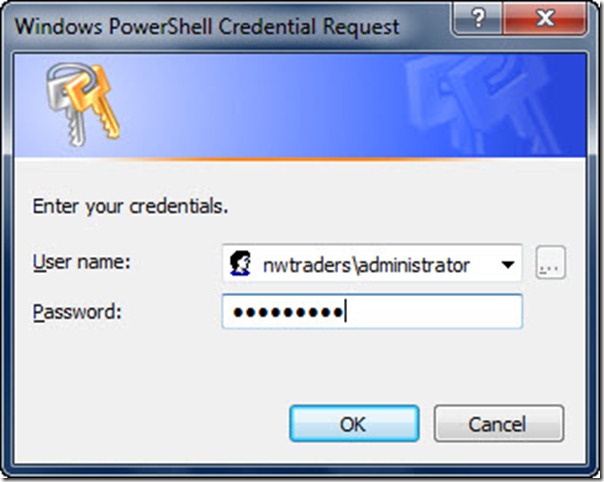

In this particular case, the error action of Stop causes Get-ADUser to throw a terminating error if it encounters any error, which a try-catch block requires. Here is an encompassing solution that works whether you are running your script in the PowerShell commandline console or in the PowerShell ISE:įunction Pause ($Message = "Press any key to continue.It is a common parameter ( parameters that are available on most, if not all, cmdlets ) that controls how PowerShell will respond to an error coming from that cmdlet. This will result in a MessageBox UI as follows: $Button = $Shell.Popup("Click OK to continue.", 0, "Hello", 0) $Shell = New-Object -ComObject "WScript.Shell"

This works for both the PowerShell commandline console as well as in the PowerShell ISE. This works for both the PowerShell commandline console as well as in the PowerShell ISE.Īnother way to pause the script execution and wait for the user’s interaction is by showing a MessageBox UI.

Here is a simple way to pause the script execution and wait for the user to press the ENTER key to continue. To resolve this error in PowerShell ISE, see the next solution. However, if you are running your script in PowerShell ISE, you will receive the following error:Įxception calling "ReadKey" with "1" argument(s): "The method or operation is not implemented." If you run the script above in Windows PowerShell commandline console, you will get the following results when you press the Enter key: VirtualKe圜ode Character ControlKeyState KeyDown $Host.UI.RawUI.ReadKey("NoEcho,IncludeKeyDown") How to do it? Solution 1: For PowerShell Console At the end of the script execution, you want the user to “Press any key to continue…” before exiting. You’ve developed a PowerShell script that returns some useful information to the user.


 0 kommentar(er)
0 kommentar(er)
